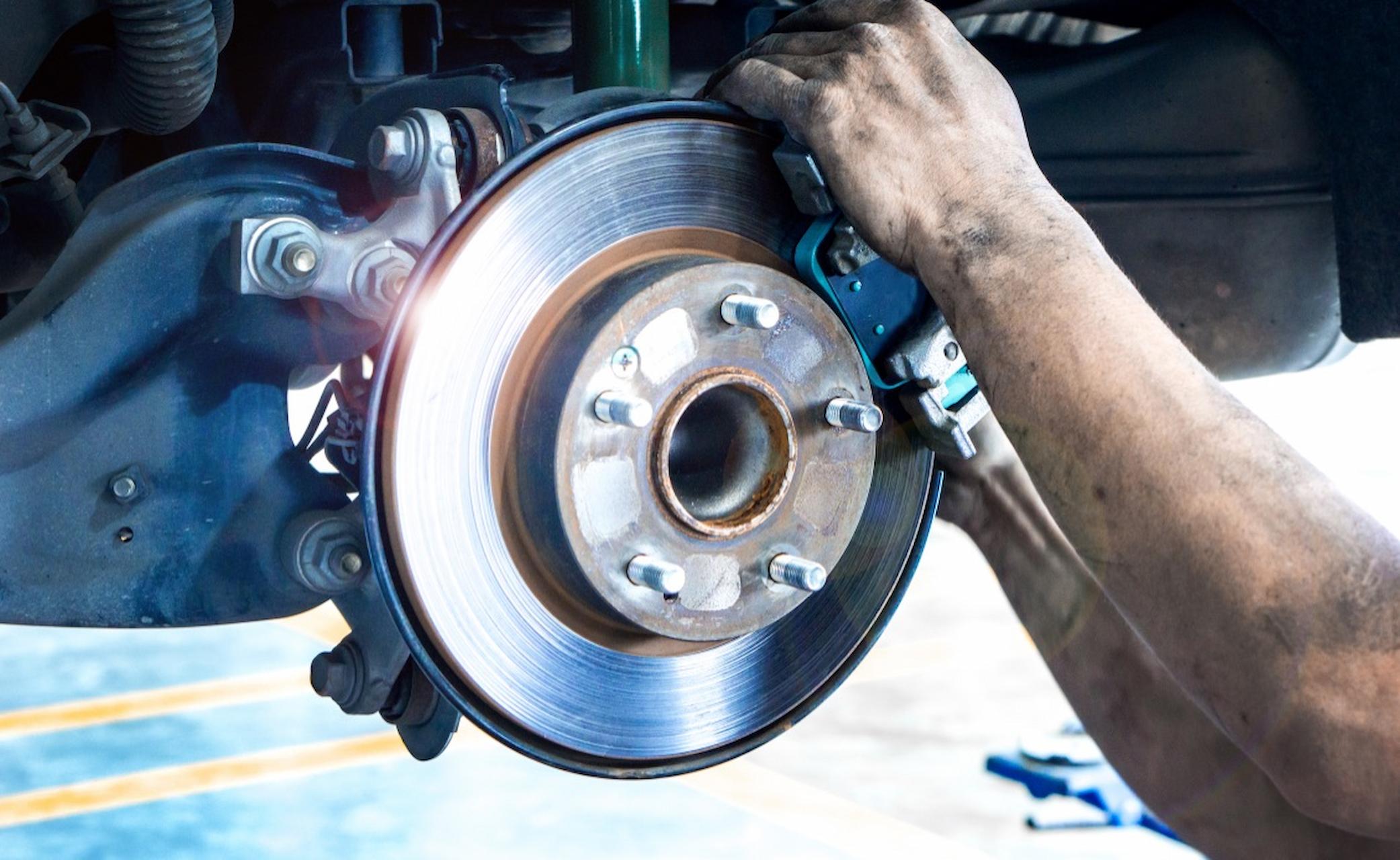A failing clutch gives drivers and service technicians a few clues that it’s time to replace it. Fortunately, many clutch problems can be solved with small scale clutch repairs or replacements. If the clutch fails, you won’t be able to change gears properly, making driving very difficult, if not impossible. The clutch pedal, when pressed by the driver’s foot, disengages the clutch and allows the car to rotate freely from the engine.
When the clutch is engaged (clutch pedal depressed), the clutch disengages the engine from the gearbox so that gear changes can be made without damage. When the clutch pedal is depressed, the clutch master cylinder creates hydraulic pressure using brake fluid from its reservoir. If you don’t have a hydraulic clutch system, the vehicle’s clutch cable connects the clutch pedal to the linkage. The clutch linkage consists of mechanical and hydraulic components that make the clutch work. The brake and clutch centre Harrow fix the issues perfectly.
Two types of clutch systems are used in manual transmission vehicles: cable operated and hydraulic. Modern manual transmission vehicles use hydraulic oil (usually brake fluid) to transmit clutch pedal movement to the clutch fork actuator. The clutch uses a hydraulic linkage, and if it fails, the clutch pedal gets closer to the floor or becomes harder to press. If the clutch pedal becomes difficult to operate, it may be difficult to change gears when needed, which may result in unsafe driving conditions.
The most common cause of clutch brake failure is depressing the clutch pedal all the way down when shifting gears while the truck is moving. Clutch control is difficult to one side and can lead to premature failure. Fortunately, the most common type of clutch master cylinder failure is clutch fluid loss, which can give you a few warning signs before the system fails completely.
If you recently changed your clutch fluid but notice that it suddenly turned very dark, one of the clutch master cylinder’s internal seals may be failing. If the new fluid darkens within a couple of days, you most likely have a bad seal in your clutch master cylinder, especially if you’re exhibiting the other symptoms listed above. If the clutch master cylinder has completely failed, you will most likely be stuck unless you find a way to limp at home without using the clutch.
If you have a hydraulic clutch, it could be due to a bad master or secondary clutch master cylinder. Sometimes the clutch will not disengage due to a leaking or worn piston seal in the clutch master or slave cylinder, or due to hydraulic fluid leaking from the system. Other causes of clutch failure include brake fluid leaking from hydraulic components or faulty seals around the master and secondary cylinders.
This can be caused by a variety of clutch issues, including a bent pressure plate, plate “finger” hitting the engine flywheel, or a damaged pressure plate drive belt. An incorrectly balanced or loose pressure plate/flywheel can cause the clutch system to vibrate. When the clutch encounters unnecessary friction, the pressure on the transmission can immediately cause mechanical problems with particularly noticeable side effects.
Never drive with a damaged clutch, not only is it very dangerous, but it can lead to further and more severe damage to the clutch and transmission, which can be costly to repair. Driving with a bad clutch can be dangerous because if the clutch fails, it can break and leave you without a car. There are several reasons why a manual transmission car’s clutch can fail, but this is a simple mechanical or hydraulic/mechanical system and is not difficult to understand.
If your manual transmission vehicle regularly slips out of gear or shifts into neutral without warning, chances are the clutch disc is worn out and needs to be replaced. If your car constantly slips out of gear or seems to jerk forward for no apparent reason while driving, your clutch is most likely worn out and needs to be replaced.
When driving immediately after servicing the clutch, shifting can feel a little awkward for the first few miles as the clutch goes through a break-in period before it stabilizes. If you notice that the steering wheel or the whole car vibrates a lot when shifting gears, the problem is most likely with the clutch.
This makes it abundantly clear that if one of the various parts may be malfunctioning, there is no need to replace the vehicle’s entire clutch system and approach brake and clutch centre Harrow. As you already understood, an automobile clutch is a complex assembly, in which several parts are involved. As your car’s clutch cable wears or stretches, you’ll need to put in more effort to get it to work.
If the clutch cable is overstretched, the clutch thrust bearing can constantly push against the clutch pressure plate, causing constant slight slippage and damage to the clutch. Release bearing pressure forces the clutch disc to engage or disengage with the engine flywheel, allowing power to be transferred to the transmission input shaft.
Brake fluid levels will drop over time as the calliper pistons move further as the pads wear, but the clutch doesn’t work that way. If the clutch brake is bad, the clutch brake can be replaced without replacing the clutch.
Clutch noise is usually caused by a faulty release bearing, but can also be caused by a faulty guide bush in vehicles with a guide bush at the rear of the crankshaft. While not all noisy clutches require replacement—improperly adjusted clutches can create noise, as can clutches that have been damaged by a rock or road debris—most clutch-related noise is due to erosion of the friction material within the clutch, resulting in metal surfaces rubbing against each other.

